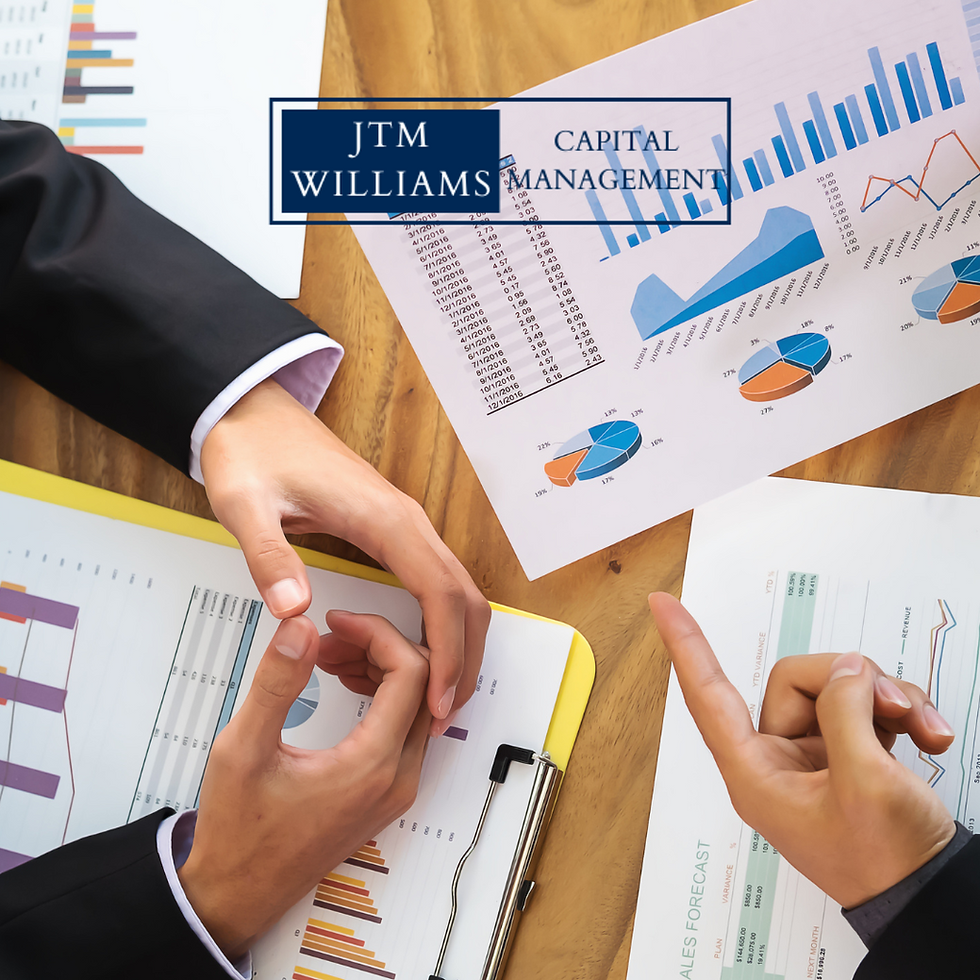Beyond College Tuition: The Many Ways to Use a 529 Savings Plan
- Matt Williams
- Apr 10
- 4 min read

When most people think of a 529 savings plan, they picture a college savings account used strictly for tuition at a four-year university. But what if we told you that your 529 funds could do much more?
Over the last few years, legislative changes have significantly expanded the list of eligible expenses for 529 plans, making them more versatile than ever for education, career training, and even retirement savings.
Many families are sitting on untapped potential in their accounts. Keep reading to discover the hidden benefits of a 529 plan and how it can fit into a smart financial strategy for you and your family.
More Ways to Use a 529 Savings Plan
Use a 529 Savings Plan for K-12 Private School Tuition
One of the biggest updates to 529 plans in recent years is the ability to use funds for K-12 private or religious school tuition. Under current law, families can withdraw up to $10,000 per year per student to pay for tuition at eligible elementary, middle, or high schools. Parents can take advantage of the same tax-free growth and withdrawals that make 529 plans so beneficial for college savings, but years earlier.
It's important to note that this benefit applies only to tuition costs and not to other expenses like books, supplies, or extracurricular activities.
By using a 529 plan for K-12 tuition, families can reduce their out-of-pocket education costs while keeping more of their savings working for them.
Using a 529 Savings Plan for Trade Schools and Vocational Programs
Many people assume that 529 savings plans are only for traditional four-year college degrees, but these plans can also be used for accredited trade schools, technical schools, and vocational programs. The flexibility makes 529 plans a valuable tool for students pursuing careers that require specialized, hands-on training rather than a university education.
529 funds can be used to cover tuition, fees, books, supplies, and even required equipment at eligible institutions. The key is that the school or program must be accredited and recognized by the U.S. Department of Education.
Using a 529 Savings Plan for Registered Apprenticeship Programs
A 529 savings plan can be used to cover expenses for registered apprenticeship programs recognized by the U.S. Department of Labor or a state apprenticeship agency. The 529 plan is a valuable tool for those pursuing careers in skilled trades. Funds can be used to cover tuition, program fees, books, and even required equipment like tools and safety gear.
Using a 529 Savings Plan for Retirement Planning
One of the most exciting updates to 529 plans is the ability to roll over unused funds into a Roth IRA for the beneficiary, providing a new way to repurpose excess education savings for retirement. Starting in 2024, account holders can transfer up to $35,000 over a lifetime into a Roth IRA, as long as the 529 plan has been open for at least 15 years. While standard Roth IRA contribution limits still apply, this new rule allows families to avoid penalties on unused 529 funds while giving beneficiaries a head start on tax-free retirement savings. This option is especially beneficial for those who didn't use all their 529 savings for education and want to maximize their financial future.
What If a Child Does Not Use the 529 Funds?
One concern families often have when contributing to a 529 plan is the possibility that the original beneficiary will not need all the funds, whether they receive scholarships, choose a different education path, or simply don't attend college. Fortunately, there are several ways to repurpose unused 529 funds while avoiding taxes and penalties.
Change the Beneficiary to Another Family Member
529 plans allow for tax-free beneficiary changes to another qualified family member, making it easy to keep the funds within the family. A new beneficiary can be a sibling, parent, cousin, niece, nephew, or even a future grandchild, as long as they meet the plan's eligibility requirements. This way the education savings don't go to waste and can continue to grow tax-free for someone else's benefit.
Last Resort: Non-Qualified Withdrawals
If none of the above options apply, you can still withdraw funds from a 529 plan for non-educational purposes, but you will face taxes on the earnings portion, along with a 10% penalty. However, certain exceptions, such as if the beneficiary receives a scholarship, allow you to withdraw that amount penalty-free (though taxes on earnings may still apply).
By understanding these flexible strategies, families can confidently contribute to a 529 plan without worrying that unused funds will go to waste.
Navigate Education Saving with JTM
At JTM Williams Capital Management, we understand that planning for education and long-term financial goals is a top priority for many families. Whether you're looking to maximize your 529 plan, explore new options like the Roth IRA rollover, or create a comprehensive strategy for your family's future, we are here to help.
Contact JTM Williams Capital Management for personalized guidance tailored to your unique needs.
.png)


Comments